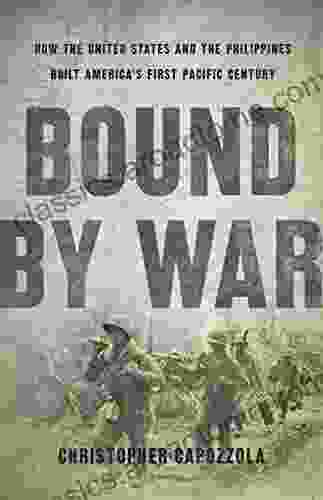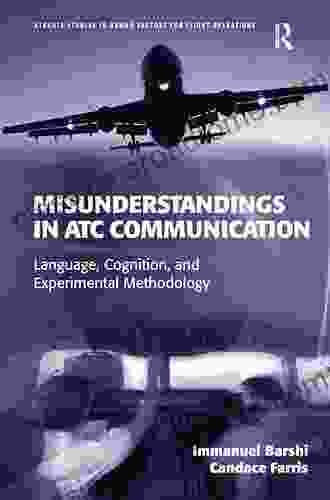The United States and the Philippines have enjoyed a long and complex relationship, one that has shaped the course of both nations' histories. In the early 20th century, the two countries were brought together by a shared desire to maintain stability in the Pacific region. This alliance proved to be a vital force in the decades that followed, helping to secure America's position as a global superpower and contribute to the Philippines' independence.
The Early Years of the Alliance
The United States first acquired the Philippines from Spain in 1898, as a result of the Spanish-American War. At the time, the Philippines were a colony of Spain, and the United States had no intention of annexing them. However, the war had weakened Spain, and the United States saw an opportunity to expand its influence in the Pacific.
4.5 out of 5
| Language | : | English |
| File size | : | 3453 KB |
| Text-to-Speech | : | Enabled |
| Screen Reader | : | Supported |
| Enhanced typesetting | : | Enabled |
| X-Ray | : | Enabled |
| Word Wise | : | Enabled |
| Print length | : | 381 pages |
The United States quickly established a naval base in the Philippines, and began to develop the country's economy. However, the Philippines were not ready for independence, and the United States faced a number of challenges in governing the country.
One of the biggest challenges was the Moro rebellion, which lasted from 1899 to 1913. The Moro people were a Muslim minority group who resisted American rule. The rebellion was eventually suppressed, but it left a lasting legacy of mistrust between the United States and the Moro people.
Despite these challenges, the United States and the Philippines gradually developed a strong relationship. The United States helped to modernize the Philippines' economy, and the Philippines provided the United States with a strategic naval base in the Pacific.
World War II
The alliance between the United States and the Philippines was tested during World War II. Japan invaded the Philippines in 1941, and the United States quickly came to the Philippines' aid. The United States and the Philippines fought together against Japan for four years, and the war ended with the defeat of Japan in 1945.
The war had a devastating impact on the Philippines, but it also strengthened the alliance between the United States and the Philippines. The United States helped to rebuild the Philippines after the war, and the Philippines became a key ally in the United States' Cold War strategy.
The Cold War
The Cold War was a period of tension between the United States and the Soviet Union. The two superpowers competed for influence around the world, and the Philippines was a key battleground in this competition.
The United States provided the Philippines with military and economic aid, and the Philippines granted the United States access to its military bases. The Philippines also became a member of the Southeast Asia Treaty Organization (SEATO),a US-led alliance designed to contain communism in Southeast Asia.
The Cold War ended in 1991 with the collapse of the Soviet Union. However, the United States and the Philippines continued to maintain a close relationship. The United States remains a major ally of the Philippines, and the Philippines remains a key player in the United States' strategy in the Pacific.
The 21st Century
The 21st century has brought new challenges to the relationship between the United States and the Philippines. The rise of China has led to increased competition in the Pacific region, and the United States and the Philippines have both had to adjust their strategies.
The United States has sought to strengthen its alliance with the Philippines, and the two countries have signed a number of agreements to cooperate in areas such as security, trade, and energy. The Philippines has also become a member of the Trans-Pacific Partnership (TPP),a US-led trade agreement designed to promote economic growth in the Pacific region.
The future of the relationship between the United States and the Philippines is uncertain. However, the two countries have a long history of cooperation, and they share a common interest in maintaining stability in the Pacific region.
























































































